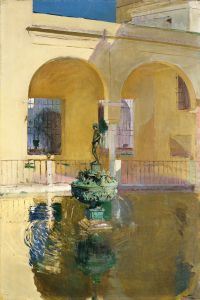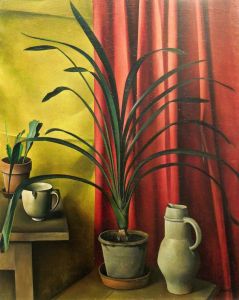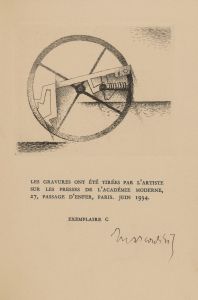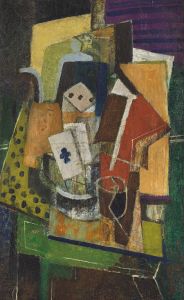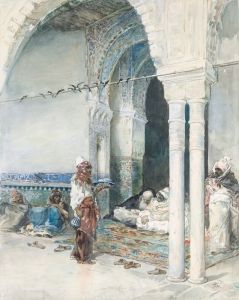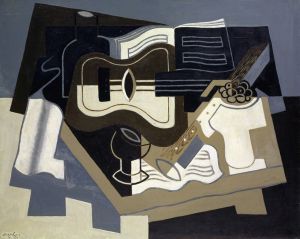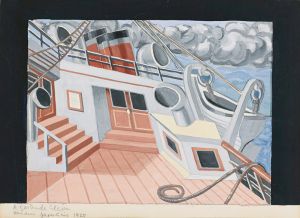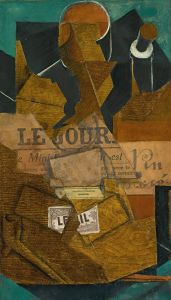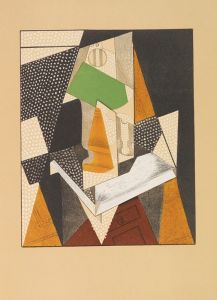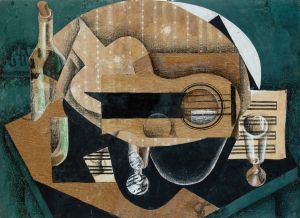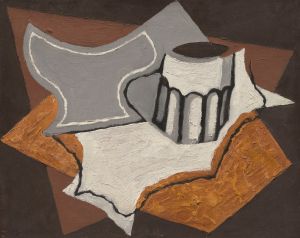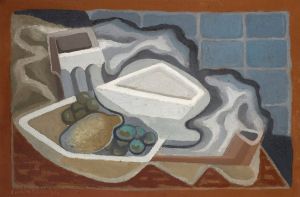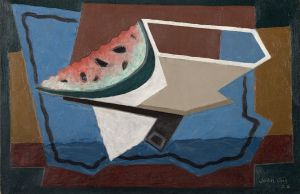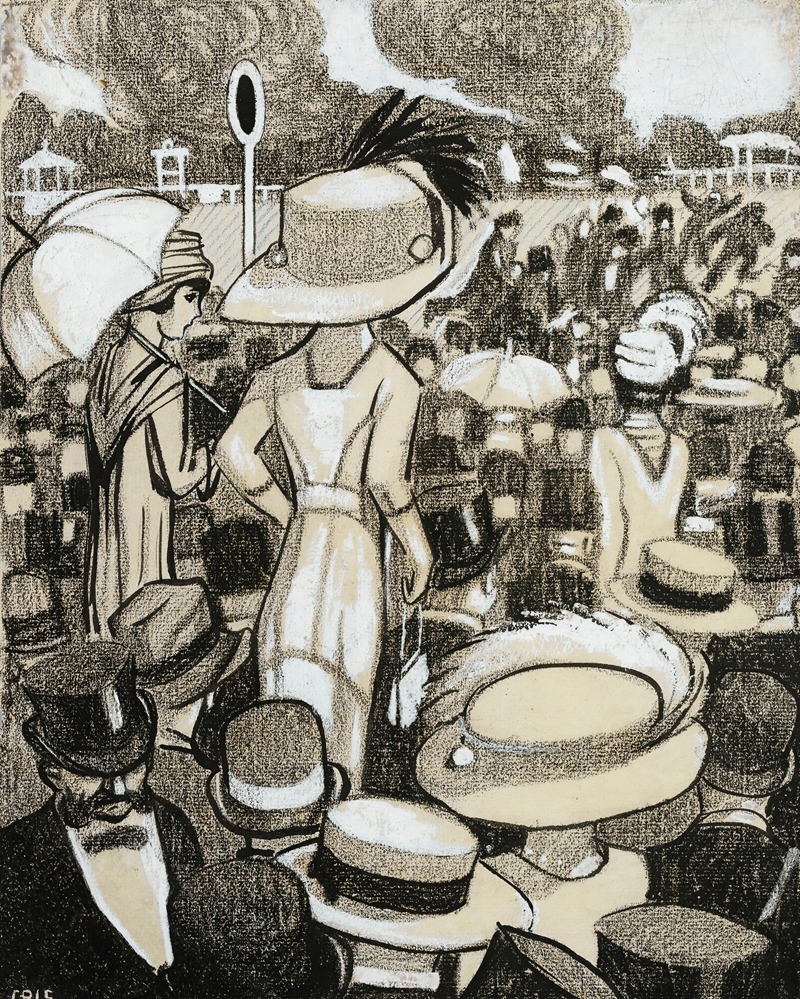
Aux Courses
A hand-painted replica of Juan Gris’s masterpiece Aux Courses, meticulously crafted by professional artists to capture the true essence of the original. Each piece is created with museum-quality canvas and rare mineral pigments, carefully painted by experienced artists with delicate brushstrokes and rich, layered colors to perfectly recreate the texture of the original artwork. Unlike machine-printed reproductions, this hand-painted version brings the painting to life, infused with the artist’s emotions and skill in every stroke. Whether for personal collection or home decoration, it instantly elevates the artistic atmosphere of any space.
"Aux Courses" is a painting by the Spanish artist Juan Gris, created in 1912. Gris, born José Victoriano González-Pérez in Madrid in 1887, was a prominent figure in the Cubist movement, which revolutionized European painting and sculpture in the early 20th century. He moved to Paris in 1906, where he became closely associated with other avant-garde artists, including Pablo Picasso and Georges Braque, who were pioneering the Cubist style.
"Aux Courses" exemplifies Gris's mature Cubist style, characterized by the use of geometric shapes, fragmented forms, and a limited color palette. The title "Aux Courses" translates to "At the Races" in English, suggesting a scene related to horse racing, a popular subject in early 20th-century art. However, like many Cubist works, the painting does not depict a straightforward narrative scene but rather an abstracted and fragmented representation of its subject matter.
Gris's approach to Cubism was distinct from that of Picasso and Braque. While they often employed a more monochromatic palette and focused on the deconstruction of objects into their basic geometric forms, Gris introduced a greater sense of color and clarity into his compositions. In "Aux Courses," this is evident in the use of vibrant hues and the careful arrangement of shapes that create a sense of rhythm and movement, evoking the dynamic atmosphere of a horse race.
The painting demonstrates Gris's skill in balancing abstraction with a degree of representational clarity. The viewer can discern elements that suggest the presence of horses, jockeys, and the racetrack, but these elements are interwoven with abstract forms and planes that challenge traditional perspectives. This interplay between abstraction and representation is a hallmark of Gris's work and contributes to the painting's dynamic visual impact.
"Aux Courses" is also notable for its use of collage-like elements, a technique that Gris and other Cubists employed to blur the boundaries between painting and other forms of visual art. By incorporating different textures and materials into his compositions, Gris added a tactile dimension to his work, enhancing its visual complexity and depth.
Juan Gris's contributions to Cubism were significant, and his works, including "Aux Courses," are celebrated for their innovative approach to form and color. Gris continued to develop his distinctive style until his untimely death in 1927 at the age of 40. Today, "Aux Courses" is recognized as an important example of his artistic legacy and is held in high regard within the canon of modern art.
The painting is part of the collection of the Art Institute of Chicago, where it continues to be studied and admired by art historians, students, and visitors from around the world. Through works like "Aux Courses," Juan Gris's influence on the development of modern art remains enduring and profound.





